Hemmings Blog: Forgotten TDX coupe showed a frameless fiberglassed future
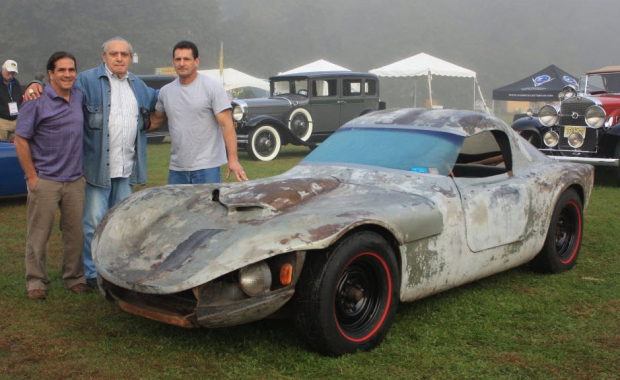
The 1966 TDX that was displayed at last Sunday's Tucker 1044 Open House was featured in the February 28, 2019 issue of Hemmings Blog.
Enjoy,
Howard Kroplick
Forgotten TDX coupe showed a frameless fiberglassed future
By Daniel Strohl on Feb 28th, 2019 at 8am
Above image: The TDX at the 2013 Hemmings Motor News Concours d’Elegance. Hemmings file photo.
Space Age materials. New units of measurement for speed. Retro rockets. Pat Amendolia’s TDX encapsulated his vision of a future full of innovative cars that emphasized safety without sacrificing styling or speed. Though that vision never saw widespread acceptance, the TDX itself has survived the last 50 years intact and will continue to showcase Pat’s ideas thanks to a pending restoration by Pat’s own son.
Pat envisioned the TDX in the fall of 1965 as a sort of “three-dimensional resume” to show off his knowledge and skills. Though an electronics repairman by trade, he’s dabbled in all sorts of inventions, from pyrotechnics and rocket propellant to medical equipment. He also developed an early interest in fiberglass for automotive uses, starting with a racing special he put together in 1953. Initially a drag racer with a modern Chevrolet six-cylinder engine installed in a 1926 Chevrolet roadster, the project morphed into an SCCA entry once he designed a flat and sleek fiberglass body for it.
At about the same time, Pat helped build the fiberglass bodies for the Rockefeller Yankee, a sports car that narrowly beat the Chevrolet Corvette to market, and in later years he produced fiberglass-bodied children’s cars and quarter-midgets. The latter project, in fact, used fiberglass not just for the body but for the entire monocoque structure. “It ended up being like a giant torsion bar,” he said. “It flexed enough where the little car didn’t need any suspension.”
He figured the concept could work on a fullsize car if he stiffened it up enough, so he started to work out his own plans for that fullsize car. Pat knew he wanted a Chevrolet V-8 and a manual transmission for the car, and after spending plenty of time in parking lots under cars looking at chassis and suspension setups he decided on a 1955 or later Chevrolet chassis with a ball-joint front coil spring suspension as the basis of his car’s chassis.
“I just wanted the running gear to test the car, I didn’t need the body or the frame,” he said. He kept an eye out for a car that would fit the bill and found one, a 283-powered 1958 Chevrolet four-door sedan, alongside a house not far from where he lived on Long Island. It was a former taxicab with the dents to prove it, and the owner didn’t really feel like selling it. “I wanted that car so bad, my sanity must have slipped a little more than usual. Inventors are like that – we’re a little crazy to start with, and then we become obsessed.” So obsessed, he said, that he traded his family car, a 1958 Plymouth four-door hardtop that he’d recently repainted and fit with new seat covers, for the clunker Chevrolet.
Working off of his plans, he set the car’s wheelbase at 99 inches and began to lay out the body structure using a sandwich of fiberglass over a urethane foam filling. All of the suspension mounting points were integrated into the body structure as part of his plan to dispense with any form of metal chassis. As a December 1968 Motor Trend article on Pat noted, he wasn’t “shooting for making a steel car out of plastics. (Instead he wanted) the advantages of the given material to dictate the construction design.”
Pat also baked a number of safety features into the car’s design. According to the Motor Trend article, he believed that fiberglass would absorb more impact from a crash than metal would. As for the most significant non-fiberglass component, he intended the engine and transmission to be shunted downward rather than rearward in the event of a front-end collision. A Firestone fuel cell replaced the bomb-waiting-to-happen gas tank. Red-to-green color-change warning lights (which Pat later patented) replaced gauges to allow the driver to keep his eyes on the road at speed. To avoid collisions altogether, he intended the car to have an entirely unobstructed forward view, so he included a cantilevered roof design that negated the need for A-pillars. And he designed a unique retro-rocket emergency brake.
“I figured that with no crossmembers under the car, you can get a retro rocket set at just the right angle to slow the car down,” he said. “I just had a gut feeling that it would work – I never calculated the right size rocket or whether it was even possible to slow the car down that way – but I put a six-inch tube under the car from the tail to just under the engine anyway. I also contacted Aerojet General, and while they didn’t have anything that size, they didn’t poo-poo the idea either. Of course, there’s no guarantee the rocket wouldn’t go off on its own for some silly reason.”
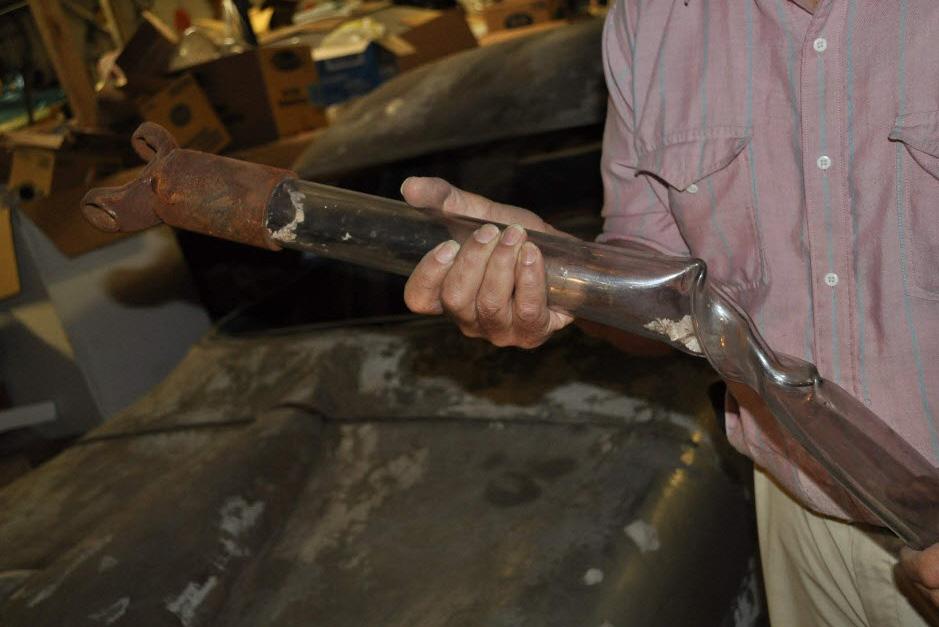
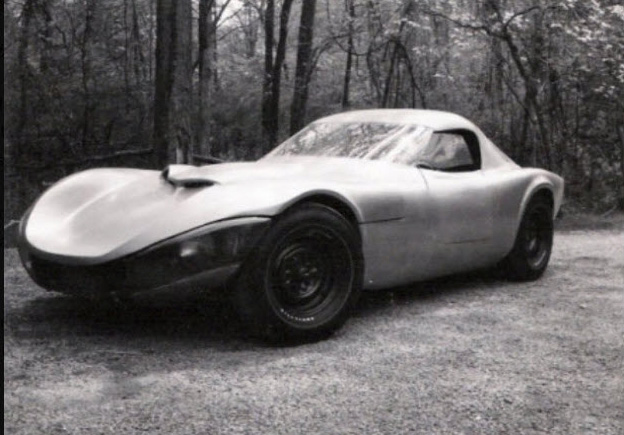
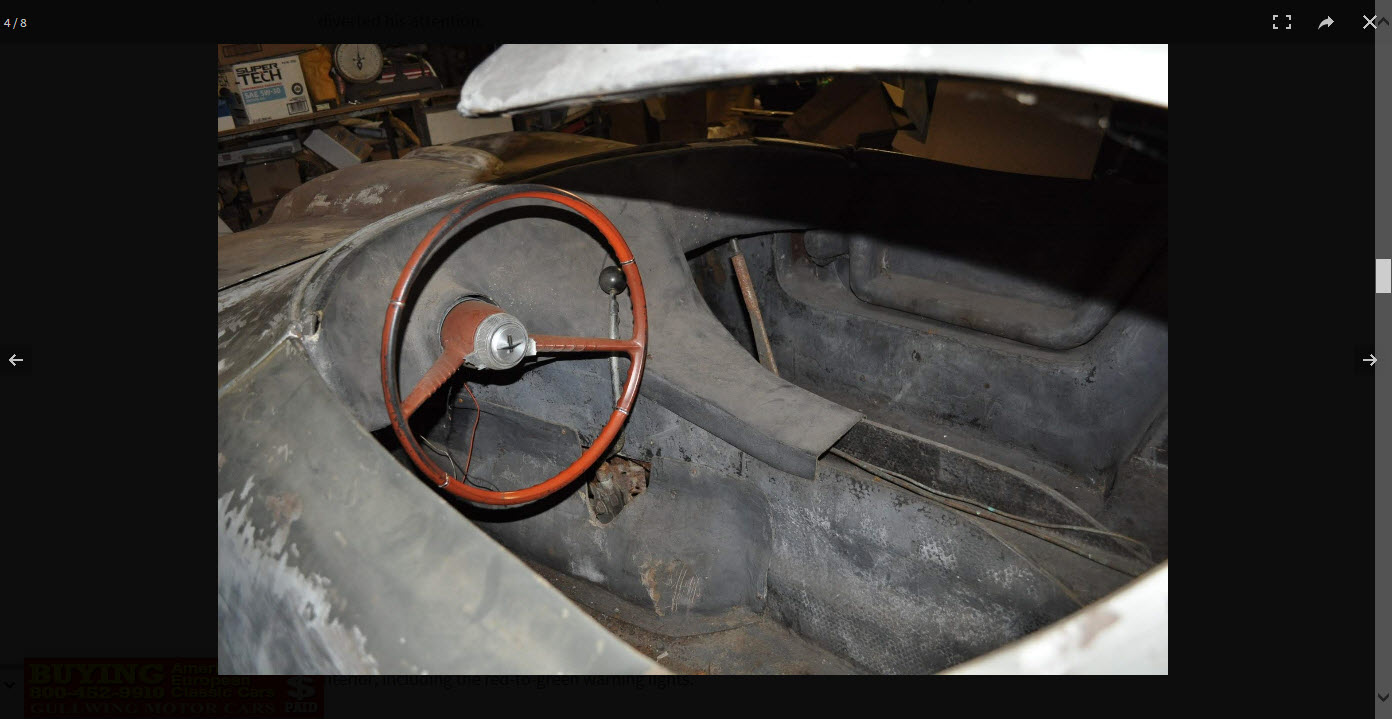
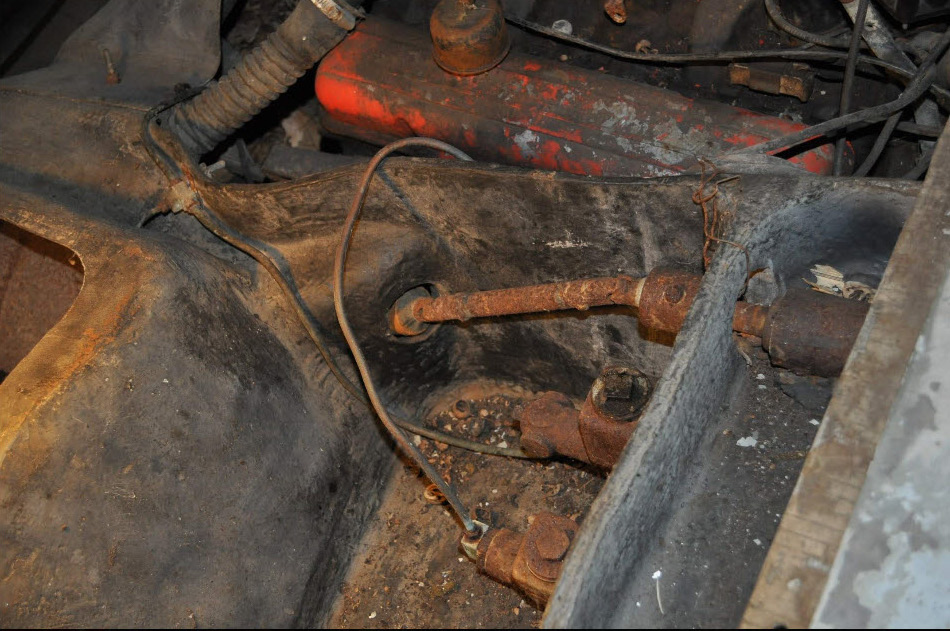
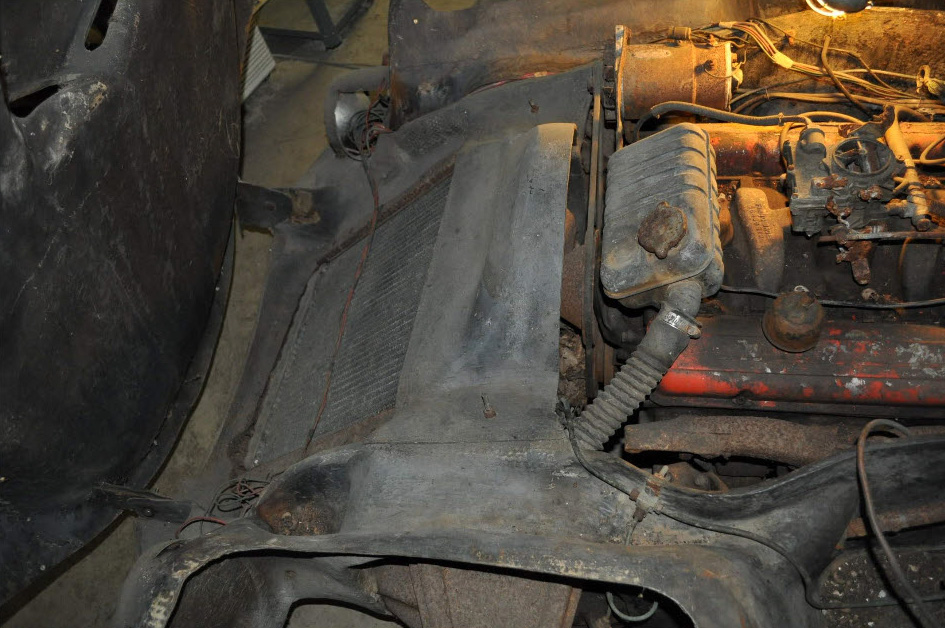
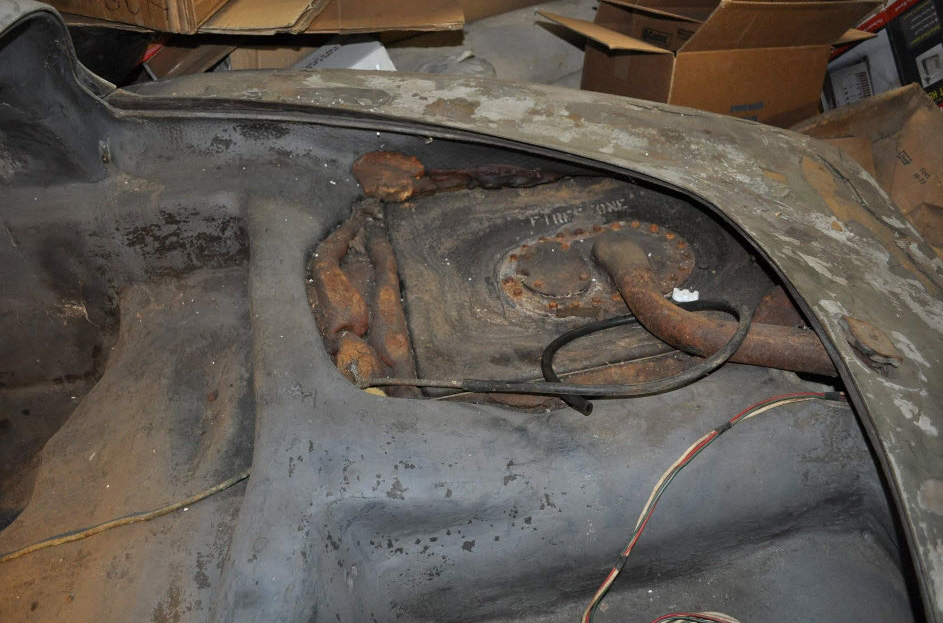
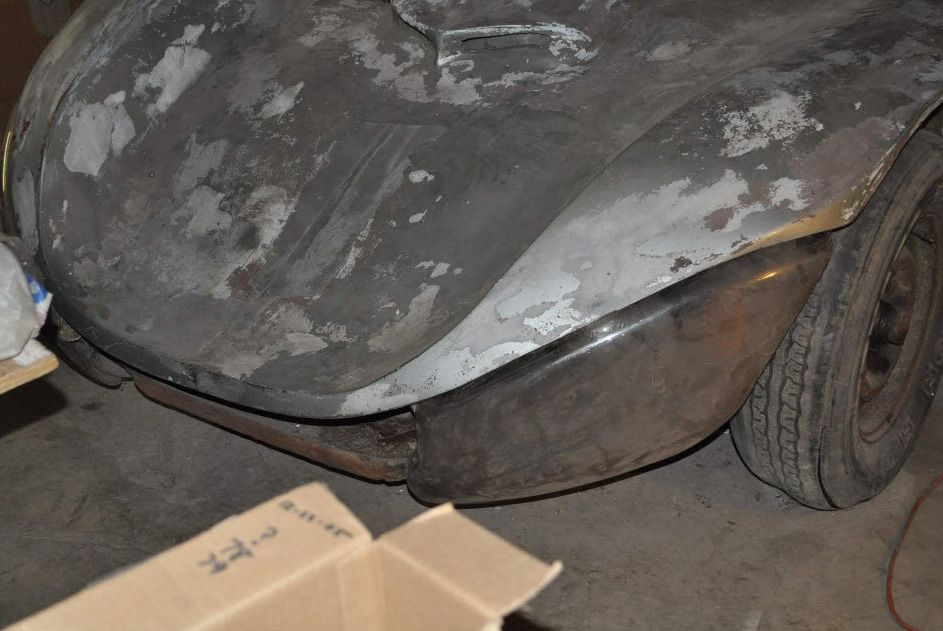

Comments
Rocket E-brake LOL. But I see shades of Cheetah in the overall shape, Inovation always in the American mindset. Very cool.